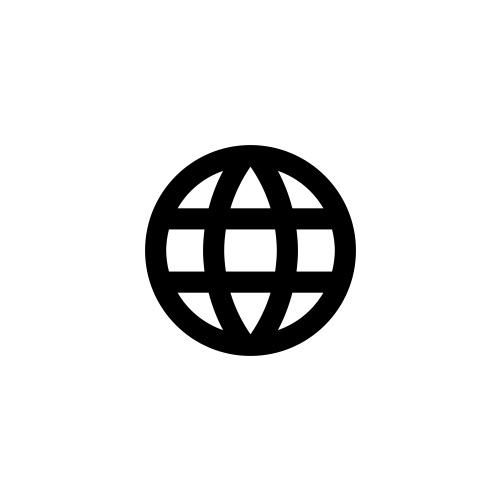Egyptian Hieratic was a writing system used for writing the Egyptian language. It developed alongside Hieroglyphic writing and was used for administrative and religious texts from approximately 3100 BC until 650 BC. Hieratic writing was normally written in ink with a reed brush on papyrus, whereas Hieroglyphs were inscribed in stone. Although it used a combination of pictographic and phonetic symbols, it was more cursive in form, and many of the symbols were unrelated to those used in Hieroglyphic writing. It is not the same script as cursive hieroglyphics. There were a number of concurrent forms of Hieratic writing, displaying varying degrees of cursiveness and defined by the era and the purpose for which they were written. The varieties can broadly be divided into two categories, a highly cursive "businesshand" which employed a large number of ligatures and was used for administrative documents, and a more uncial "bookhand" used for academic and religious texts. There was also regional variation in the script; by about 750BC Hieratic in the North and in the South were no longer mutually intelligible. The style used in the North came to be known as Demotic, meaning "popular" and later replaced Hieratic in secular writing. Hieratic continued to be used for religious texts until about 200 AD, when it began to be replaced by the Coptic alphabet. Prior to the 19th century BC, the Hieratic script was written both horizontally and vertically, always from right to left. During the reign of Amenemhat III from 1860-1814 BC it became the standard to write in horizontal lines from right to left. Hieratic orthography was in general more standardized than Hieroglyphic orthography as texts written in Hieroglyphics often had to accommodate decorative elements which were not a factor in administrative documents written in Hieratic.






